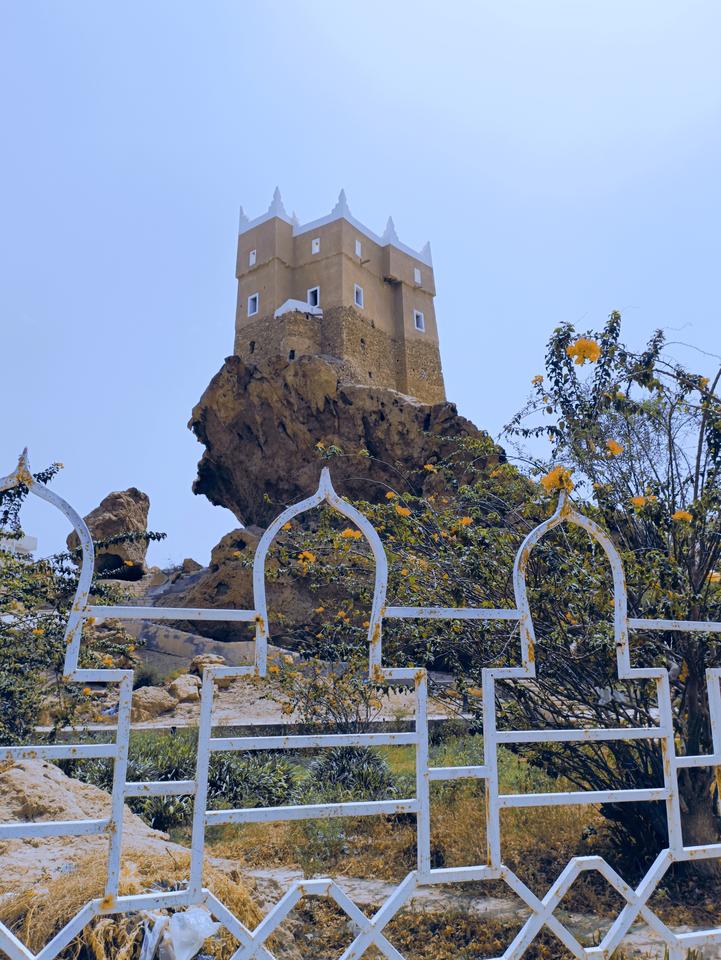( Middle East Monitor ) – The Middle East may have an abundance of oil and gas, but it has very few natural water sources. This is fast becoming a source of tension. According to three UN Secretaries-General, water may well be the cause of future conflict in the region. “The next war in the Middle East will be fought over water, not politics,” warned Boutros Boutros-Ghali in 1985. Kofi Annan made a similar warning in 2001. Then in 2007 Ban Ki Moon pointed out: “The consequences for humanity are grave. Water scarcity threatens economic and social gains and is a potent fuel for wars and conflict.”
Photo by Ashraf Bahwal on Unsplash
The UN initiated World Water Day in 1993 to draw attention to the issue. It has been commemorated on 22 March annually ever since.
The warnings about water wars need to be taken seriously. When Russian troops invaded Ukraine early last year, the first thing they did was destroy a dam built by the Ukrainian authorities across a canal in 2014 to cut off water to Crimea after Russia annexed the region. The canal was originally built to provide water from the River Dnieper to Ukraine’s Kherson region and Crimea. During the war in Ukraine, water has been released through a dam on the Dnieper to flood land north of Kyiv and slow the advance of Russian armoured columns. Water has been weaponised as it presents a major barrier to Russian forces and aids the defence of the Ukrainian capital. The Russians bombed the dam and damaged it. Water clearly plays a very important role in global geopolitics.
According to the Organisation for Economic Co-operation and Development (OECD), 60 per cent of the world’s population could face water supply issues by 2050. Low-income families will bear the brunt of the crisis. Facts such as this always lead us to consider the Middle East.
In 1990, thirteen countries were added to the water crisis list, including eight from the Middle East-North Africa (MENA) region: Algeria, Israel and the Palestinian Territories, Qatar, Saudi Arabia, Somalia, Tunisia, the United Arab Emirates and Yemen. By 2025, the UN predicts that ten more countries will be water scarce, seven of them in the MENA region: Egypt, Ethiopia, Iran, Libya, Morocco, Oman and Syria. The UN also predicts that 18 of the world’s water-scarce countries will be in the region 14 years from now. On World Water Day, therefore, spare a thought for the Middle East.
Despite its scarcity, the region has the world’s lowest water tariffs and the highest proportion of GDP (two per cent) spent on public water subsidies. A major issue is the cost of supplying water for the hospitality sector, such as hotels.
According to Farnek’s analysis, which uses data from its own hotel clients, four- and five-star hotels have the potential to save up to ten per cent annually on their utility consumption. Moreover, hotels in the MENA region need to reduce their carbon emissions by two thirds within seven years to help prevent irreversible climate change.
Putting that into perspective, according to an international study by the Sustainable Hospitality Alliance, the industry needs to reduce its carbon emissions by 66 per cent per room by 2030. The study says that hotels spend an average of 5.16 million UAE dirhams per year on their utility bills, so they could save up to AED 384,000 and AED 133,000 on energy and water consumption respectively. There are additional cost savings in waste disposal which could also reduce their carbon emissions by up to 700 tonnes per annum.
Another solution to solve the water and power challenges facing the MENA region is the development of floating solar farms. According to a report published by Middle East Institute, this technology — “floating photovoltaics (FPVs)” — can play a significant role in addressing the Middle East’s clean energy needs as well as mitigating its water shortages. The use of this solar technology on different types of reservoirs, inland or offshore, could have significant positive outcomes.
In Turkey, meanwhile, the south-east Anatolia Project (Guneydogu Anadolu Projesi, GAP) includes the construction of 22 dams and 19 hydroelectric power plants on the Rivers Tigris and Euphrates, and extensive irrigation networks to produce hydroelectricity and water for 1.8 million hectares of land. According to an article published by Cambridge University, GAP aims to double Turkey’s land under irrigation and hydroelectricity production. It also has direct international implications as, practically speaking, it puts Turkey in control of water from the Tigris and Euphrates that would otherwise be available to Iraq and Syria.
Within the region, the water and food security of many nations depends on them having sovereignty over sufficient water to meet their food- and non-food related needs. In 2017, the diplomatic tensions between Qatar and Saudi Arabia led Qataris to rely on Turkey and Iran for food and water imports. The tensions accelerated Qatar’s efforts to improve its freshwater infrastructure, which will include the construction of five potable water mega-reservoirs.
To sum up, there are multiple ways for effective water management. MENA cooperation with global institutions such as the UN and World Bank, especially in the education, water and energy sectors, will foster greater trust and collaboration between regional countries regarding water security. The success of such initiatives may not eradicate totally the threat of conflict over water, but at least it may reduce the threat of war.
The views expressed in this article belong to the author and do not necessarily reflect the editorial policy of Middle East Monitor or Informed Comment.
 This work by Middle East Monitor is licensed under a Creative Commons Attribution-NonCommercial-ShareAlike 4.0 International License.
This work by Middle East Monitor is licensed under a Creative Commons Attribution-NonCommercial-ShareAlike 4.0 International License.



 © 2025 All Rights Reserved
© 2025 All Rights Reserved